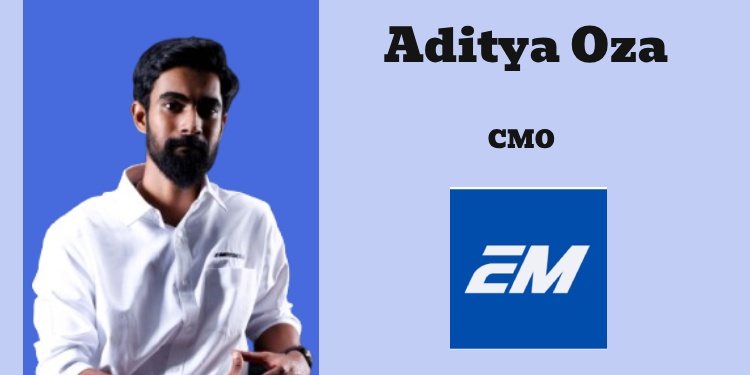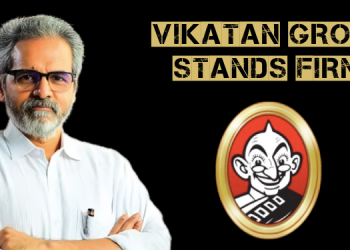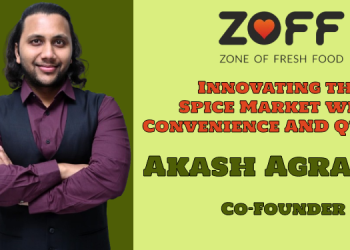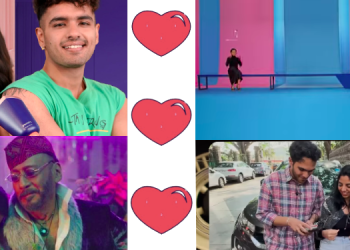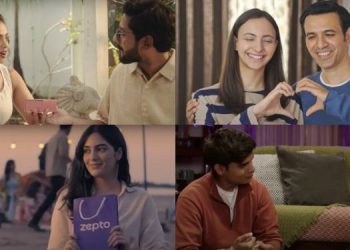Aditya Oza, is the CMO EMotorad. Under his leadership, EMotorad isn’t just selling e-cycles; it’s transforming sustainable mobility into something aspirational and relatable.
He turned a simple meme into the ‘Bole Jo Koyal’ campaign—featuring none other than Mahendra Singh Dhoni. The campaign the company says isn’t just a hit; it’s a case study in viral success:
· 23 Million+ organic views across platforms.
· 1400% growth in YouTube followers.
· Viral traction from influencers, creating a ripple effect beyond marketing boundaries.
Medianews4u.com caught up with Aditya Oza, CMO, EMotorad
Q1. The long-term marketing objective is to make electric cycles desirable. In the short term, the aim is to grow market penetration. Will it be a challenge to balance the short term with the long term and see that each goal gets an equal amount of focus?
When I think about marketing, my primary goal is to elevate either the brand, the product, or the entire category. Initially, our focus was on educating the audience about what an e-cycle actually is—selling it was a much more distant aim. Today, e-cycles is an emerging market and our short term goal is to build the category through education and entertainment and position it as a commodity that’s fun and practical to use. However, we have been mindful not to continuously position ourselves as an educational brand, as audiences can find it repetitive.
In the short term, we implement strategies that seamlessly integrate education with entertainment and lifestyle-driven content. This is undoubtedly a daily challenge, but one we embrace. The long-term vision is of course healing ourselves through fitness and a sustainable future for the planet.
Q2. Which are the key markets that the company will focus on for growth? Is the TG Gen Z SEC A, B and also people who want to exercise?
We have dedicated significant time and resources to educating audiences and are now seeing its impact in urban and rural areas. Our target group currently comprises many urban dwellers seeking an alternative way to commute to work. Interestingly, we have also observed unique use cases in rural cities, particularly among those who resonate with MS Dhoni as our brand ambassador.
However, our target audience is not limited to Gen Z or urban commuters—our product is designed for everyone, from young children in the household to grandparents who enjoy fitness with safety. We’ve seen children use cycles for short distances, millennials use them for daily commutes, and even boomers connect over cycling communities. We’ve heard some amazing stories about people using our e-cycles and covering 17,500+ kms across India, or even gig workers using it for deliveries and becoming their own bosses. It’s a game-changing alternative to ICE vehicles, enabling you to travel 100 km for just Rs. 7.
Our key growth markets extend well beyond urban centres. We aim to reach a much wider audience across India, spanning its depth and breadth, while expanding our global presence.
Q3. The goal is to create a new category. What is going to be the big challenge in 2025?
We’re focussed on category expansion and international markets. We’ve recently ventured into the kids’ mobility market with Formula Fun ride-on toys. A largely fragmented space is being streamlined with warranties, safety assurances, and after-sales service for the first time. We’re incredibly excited to be part of a child’s first steps in mobility.
E-cycles have become a mature market, especially in India, where we have captured more than 70% of the domestic market share. In 2025, we are setting new international benchmarks. The biggest challenge will be positioning ourselves as a global leader in terms of exceptional quality while simultaneously entering new markets, all while keeping innovation at the core of everything we do.
2024 was a milestone year for us—with MS Dhoni coming on board, the launch of our gigafactory, and other major developments. These have set the momentum for an even bigger 2025.
Q4. One area of focus was redefining what it means to market a young brand in today’s fast-paced, meme-driven world. Could you shed light on the strategy of turning a simple meme into the ‘Bole Jo Koyal’ campaign featuring Mahendra Singh Dhoni?
At first glance, it seems simple—let’s revive an age-old meme, right? But in reality, its execution was far more complex. Often, the best ideas are the simplest. We wanted to give the audience what they wanted, and Mahi being the sport he agreed to do it. We collaborated with the brilliant team at One Hand Clap for ideation and production. It took months of fine-tuning the concept, storyboarding, securing MS Dhoni’s team’s involvement, and post-production work.
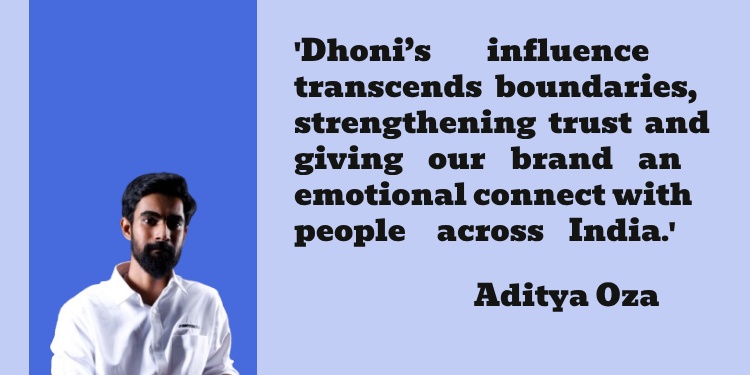
With a limited media budget, we faced multiple challenges: we had to educate audiences about what an e-cycle is, highlight its benefits, entertain them, ensure the campaign went viral on social media organically, and build brand recall—all within 30 seconds.
The best marketing is when people watch something and think, I love it, I could have thought of that! That’s where the magic lies—finding brilliance in everyday simplicity. While the strategy was straightforward, the execution required years of experience and deep hands-on knowledge, which the OHC team delivered flawlessly.
Q5. How did bringing in Dhoni help the company connect with various culturally diverse regions? What is the advantage of him also being an investor?
All founders unanimously agreed on one key decision: having MS Dhoni represent us. We needed a face that embodies our core ethos, values, and ethics, and MS Dhoni was the perfect fit. His influence transcends geographical and cultural boundaries—he is loved across India. He is Thala for a reason.
He has been a game-changer for us. We have always had exceptional products, but building mass trust required someone like Dhoni. His presence not only strengthens our brand’s credibility but also gives our vision an emotional connect with people from all walks of life. His role as an investor further deepens this commitment—it’s not just an endorsement, it’s a partnership.
Q6. Does digital marketing allow the company to stretch each rupee further? Will the media mix skew towards digital in 2025?
As a new brand, we have experimented with nearly every form of marketing, with a strong focus on organic media. Our media mix will always be a mix of everything since our e-cycles are an experiential product, so riders need to experience it before they buy it. We are present in over 500 dealer partner stores, so our marketing needs to be an omnichannel strategy through digital and offline.
Digital and offline marketing remains the backbone of our strategy. We firmly believe that content is king, and organic engagement is key. Each of our digital platforms follows a tailor-made strategy, ensuring we maximise impact while optimising our marketing budgets.
However, that being said, cycling is fundamentally an offline experience, which is why we have a balanced mix of offline activations as well. We host India’s only e-cyclothon—a free-of-charge e-cycling marathon—along with campus engagements and other experiential events.
Q7. The campaign went viral. What are the key learnings from this?
The biggest takeaway is that success is the result of preparation—when luck meets opportunity.
People often assume our campaign went viral due to a stroke of luck, but in reality, it was four years in the making. When we had no resources—no budget, no big team, no advanced equipment—we relied solely on creative content. We focused on consistently creating engaging, value-driven material to educate, entertain, and inspire.
The key lesson? Keep experimenting and refining your approach. When the right opportunity presents itself, you’ll be ready. We have written countless scripts, campaigns, and ideas that never made it to execution, but each contributed to our understanding of consumer behaviour, internet culture, and marketing psychology.
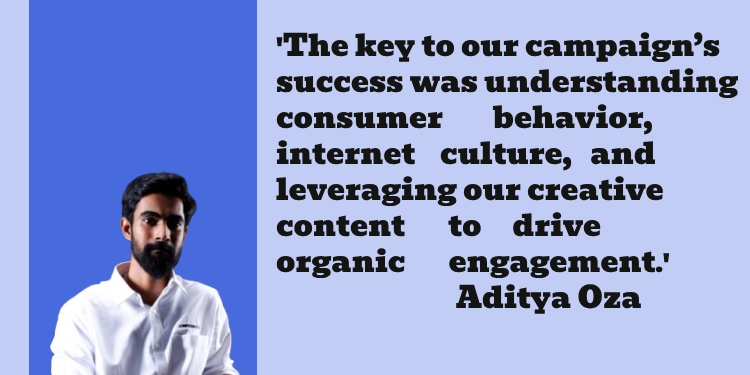
Q8. What role did influencers play? What will be the influencer marketing strategy moving forward?
Influencers and journalists have played a crucial role from the very beginning. We have always advocated for try first, then share your opinion – good or bad.
In 2024, our products reached more than 500 offline dealers across India, covering nearly every corner of the country. Influencers played a significant role in this achievement. We often underestimate offline channels—the store owners themselves are powerful influencers, as they serve as the first point of communication with the customer.
As for online influencers, our collaboration with Purav Jha, for instance, delivered outstanding results, amassing over 25 million views. Influencers are transforming the way consumers engage with brands, shaping buying behaviour, and driving perceptions.
Moving forward, we will continue to leverage influencer marketing, ensuring that our collaborations align with our brand values and create meaningful impact.
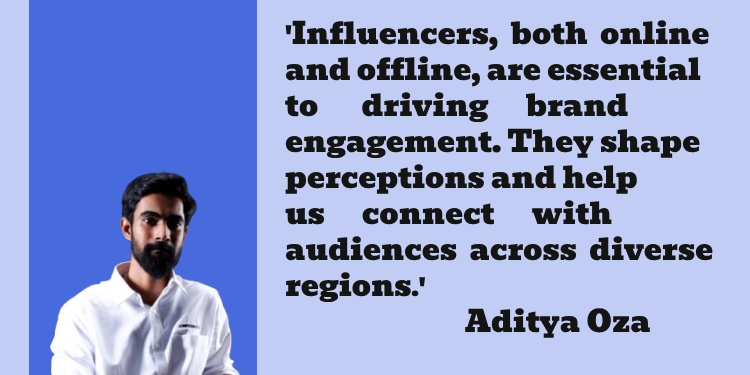
Q9. What marketing activities have been lined up in the months ahead?
While I can’t reveal too much about our roadmap, I can assure you that 2025 will be bigger, bolder, and more audacious than ever before. We have quite a bit lined up in terms of innovation, technology, new products, verticals, and more.
Q10. Will sports and Bollywood be important marketing vehicles?
Sports and fitness naturally align with our brand’s philosophy, and we have already seen a massive impact in that space. When it comes to other avenues, our guiding principle is simple—does the persona align with our brand’s ethos and principles?
My rule is to never compromise on brand integrity in exchange for short-term media impressions. Viral moments are fleeting, but brand reputation is forever.
Q11. How is EMotorad leveraging AI in various areas, such as ensuring the product meets global standards?
From a manufacturing perspective, our gigafactory is a state-of-the-art facility that adheres to Industry 4.0 standards. As we embrace smarter ways of working, AI and automation will play an even greater role in 2025. With our production capacity set to increase to 500,000 e-cycles and components annually, AI will be instrumental in quality checks, process implementation, and overall efficiency improvements.
On the marketing side, AI is enabling us to analyse customer behaviour, understand sentiment, and gain deeper consumer insights—allowing us to refine strategies and enhance the customer experience.
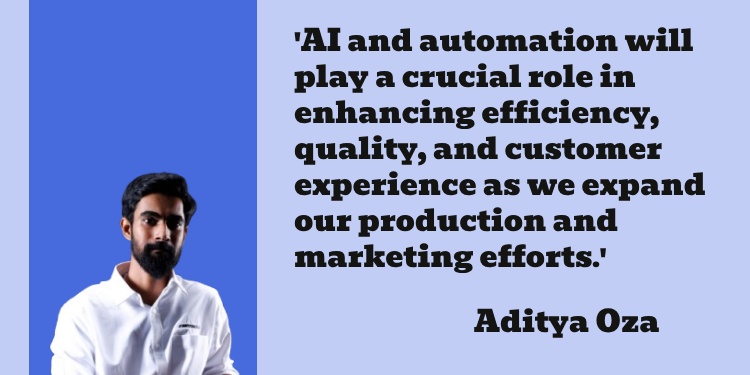
Q12. Outside India, which global markets are being prioritised for growth?
We are currently active in key international markets, including the US, Spain, the UAE, and Japan. Moving forward, our expansion strategy is centred around tapping into major economies that prioritise sustainable mobility. Countries such as Germany, Iceland, Mexico, the UK, and the Netherlands are high on our radar, given their strong inclination towards eco-friendly transportation solutions. Our focus remains on positioning e-cycles as a viable, sustainable, and aspirational commute mode in these regions.

